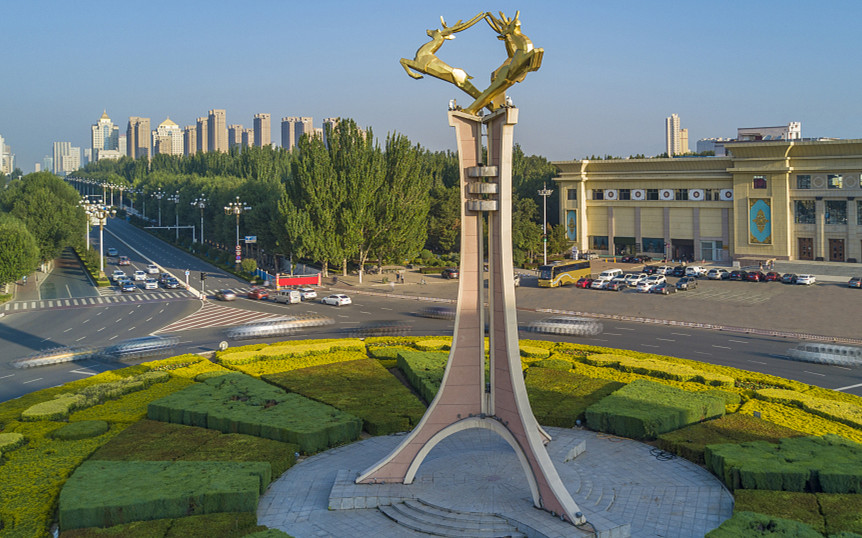North China's Baotou city strengthens its pollution controls
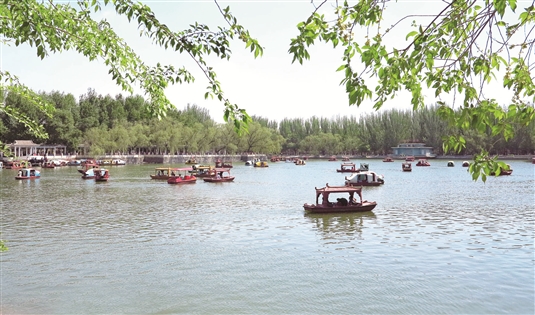
Baotou takes on a new look, in the wake of renewed efforts made in pollution prevention and control. [Photo/Baotou Daily]
Baotou in North China’s Inner Mongolia autonomous region has been making greater efforts towards pollution prevention and control -- to improve the environment even more and become a zero-waste city, according to local media reports.
In 2019, the number of days with good air quality in Baotou city reached 300 days, the water quality of its centralized drinking water sources reached 100 percent of the standards target and the soil environmental quality continued to improve.
Officials said the proportion of days with good air quality in the city reached more than 80 percent and the concentration of heavy PM2.5 particulate matter air pollution decreased by more than 20 percent compared with the levels in 2015.
This year, the city has ordered 49 air, 12 water, 23 solid waste treatment and rural renovation and groundwater pollution prevention and control projects be completed as soon as possible.
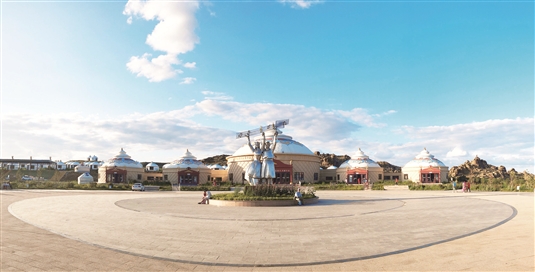
Residents enjoy jet another blue sky over Baotou city. [Photo/Baotou Daily]
In January 2019, the General Office of the State Council issued the Pilot Work Plan for the Construction of Zero-Waste Cities.
A total of 11 cities were designated as zero-waste pilot cities by the Ministry of Ecology and Environment on April 30, 2019 and Baotou was the only city in the autonomous region to make the list.
Since the launch of the pilot program, Baotou has enlarged the number of zero-waste city construction projects from 33 to 80, with a total investment of 17.1 billion yuan ($2.45 billion).
Of these, 61 projects are scheduled to be completed between in 2020, with a total investment of 11.6 billion yuan.
At present, a total of 22 have been completed and 34 are under construction, officials said. Construction work on 18 projects is to begin recently.
Officials said that to date, of 52 official indicators marking progress, 26 have been completed in advance or have reached their annual target requirements and 25 indicators are currently at well advanced levels.

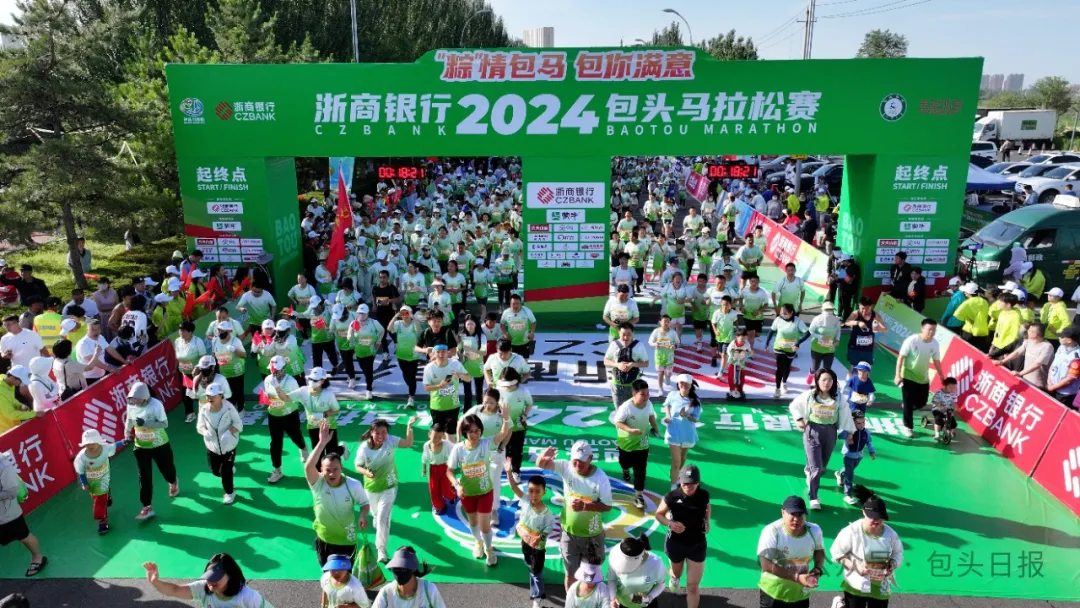
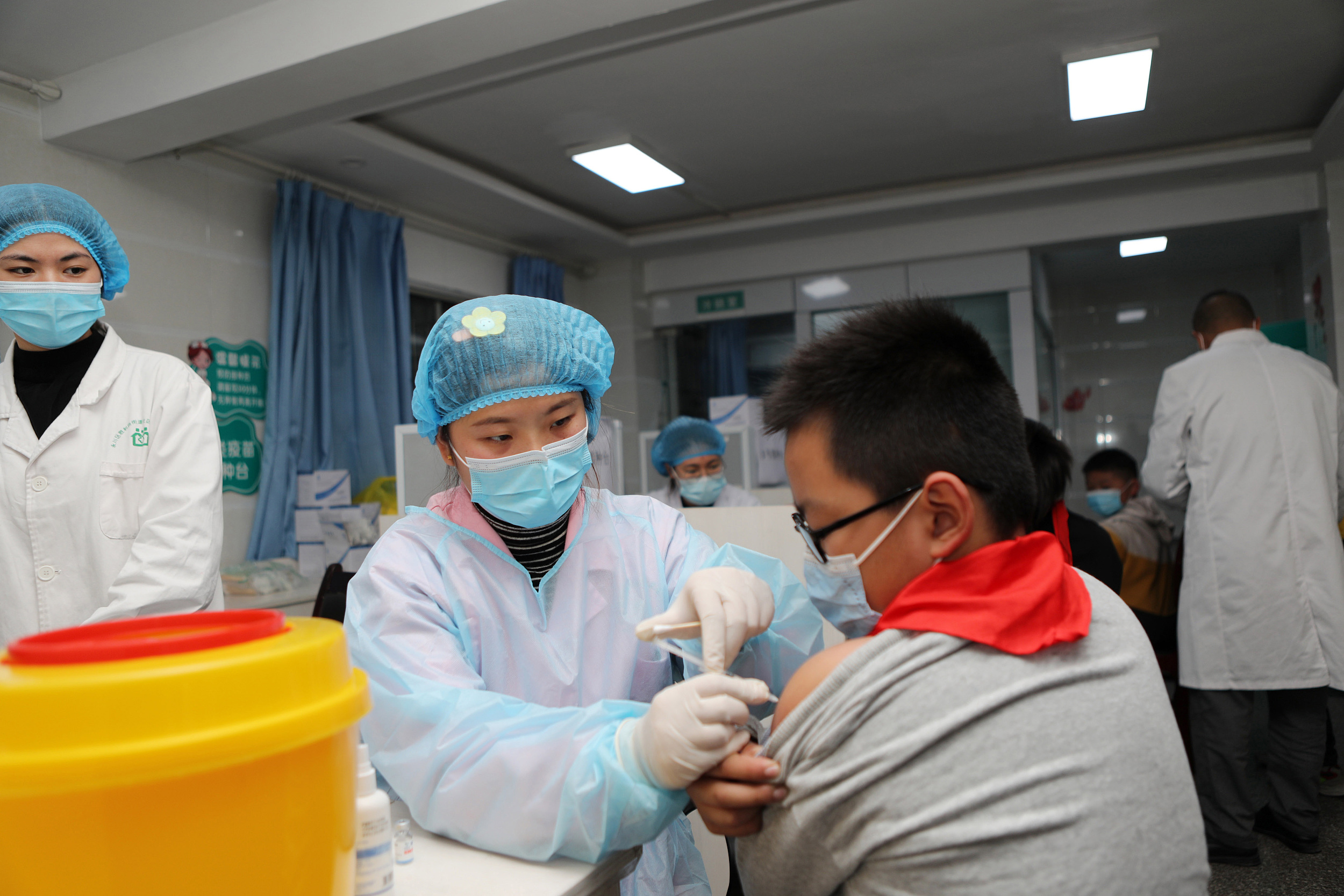
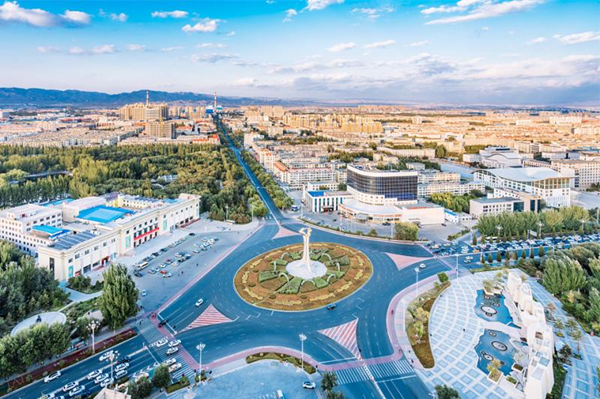

 Sketching and creation tour in Baotou
Sketching and creation tour in Baotou